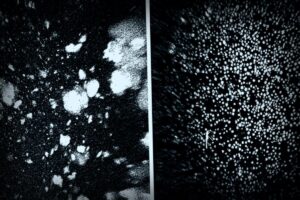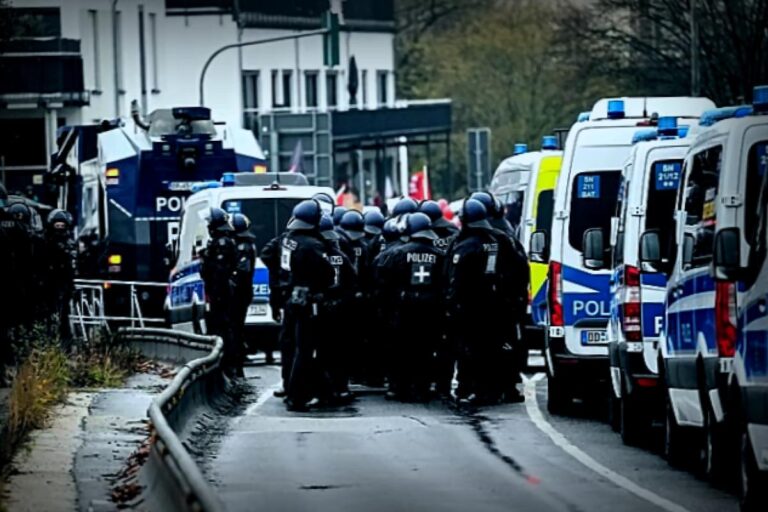This Tuesday, a powerful 8.8 magnitude earthquake shook the area off Russia’s coast, leading to tsunami warnings not only in Hawaii but also along parts of the U.S. West Coast.
Right around 7 p.m. local time (1 a.m. ET), the National Weather Service posted on X that they had already detected tsunami waves near Haleiwa.
President Donald Trump reached out on social media, urging everyone to “STAY STRONG AND STAY SAFE” while keeping up with updates from tsunami.gov online dashboard.
In Hawaii, officials from the National Weather Service issued an urgent call to action for protecting lives and property.
Residents were advised to avoid the beaches and seek higher ground or shelter in buildings with four or more stories. Across the Hawaiian islands, sirens blared every hour for three hours ahead of the anticipated tsunami impact as part of a statewide alert system.
Experts predicted the initial tsunami waves would start reaching Hawaii just after 7:15 p.m. local time (1:15 a.m. ET), initially impacting the Kauai coast and subsequently affecting the Big Island around 20 to 30 minutes later.
During a press conference held shortly before the waves were set to arrive, Hawaii Governor Josh Green shared that, according to data from other Pacific regions, they were expecting a “big wave” of around 6 feet in total height from peak to trough. “That translates to a 3-foot wave on top of the ocean,” he explained.
Officials highlighted the fact that all island shores are at risk since tsunami waves can encircle islands.
“The threat will linger hours after the first wave hits, as subsequent waves can arrive later. It’s tough to predict tsunami heights, and the first wave isn’t always the largest,” read an alert from the National Weather Service.
“It’s more than just a 3-foot wave; it’s a massive wall of water,” added the governor, sharing concerns that such a wave could potentially uproot utility poles and scatter debris.
Despite initial reports of heavy traffic as some residents evacuated the coastline, the governor felt there was still adequate time for relocation to higher ground and noted that traffic congestion seemed to ease.
Honolulu Mayor Rick Blangiardi emphasized the need for key actions during an interview with ABC’s KITV. “We need people to stay calm while making smart moves. If you’re in a low area, head to higher ground.” He advised caution on the roads amid the “bumper-to-bumper traffic” during relocations.
Warnings Extended to U.S. West Coast and Around the Globe
Following the quake, a tsunami warning was also issued for some sections of Alaska’s Aleutian Islands and Northern California, reaching areas from Cape Mendocino—about 200 miles north of California southward to the Oregon coast. Although California’s coastal region, as well as Oregon and Washington, remain under a tsunami advisory while monitoring for threats continues.
The tsunami risk also extends to U.S. territories like Guam and American Samoa, with advisories issued by the USGS.
The earthquake, which was recorded roughly 85 miles off of Russia’s Kamchatka Peninsula, occurred at a depth of nearly 12 miles. This seismic event ranks among the most powerful earthquakes ever tracked by the U.S. Geological Survey, which later adjusted its initial magnitude assessment from 8.0 and 8.7 to 8.8.
Additionally, aftershocks measuring 6.3 and 6.9 were reported in the area.
MORE: 7.3 magnitude earthquake rattles Alaskan island, prompting tsunami advisory
Even Japan’s Pacific Coast, from Hokkaido to Kyushu, issued a tsunami advisory.
MORE: 6.2-magnitude earthquake near Istanbul rattles Turkey
Japan’s meteorologists are forecasting about a 1 meter (3 feet) wave to reach Hokkaido around 10:00 a.m. local time, with waves likely following later in the day along Japan’s eastern Honshu and southern Kyushu.
Authorities advise staying away from coastlines and river mouths and never approaching the water for sightseeing.
Countries like Ecuador and Chile are also facing tsunami alerts as per local authorities.
A tsunami warning signifies an expectation of a potentially devastating flood and strong currents, while a tsunami watch notifies of a distant earthquake that could create such waves.
This report is evolving. Stay tuned for updates.
© ABC News – Contribution from Bonnie Mclean, William Gretsky, Anthony Trotter, and Mireya Villarreal.



















